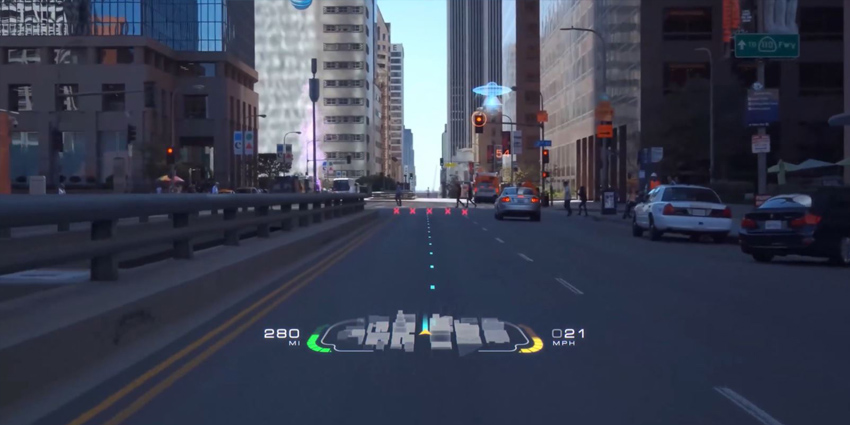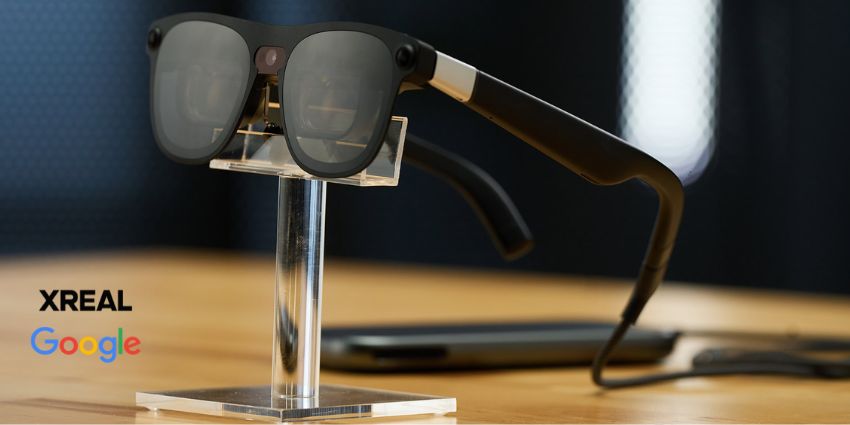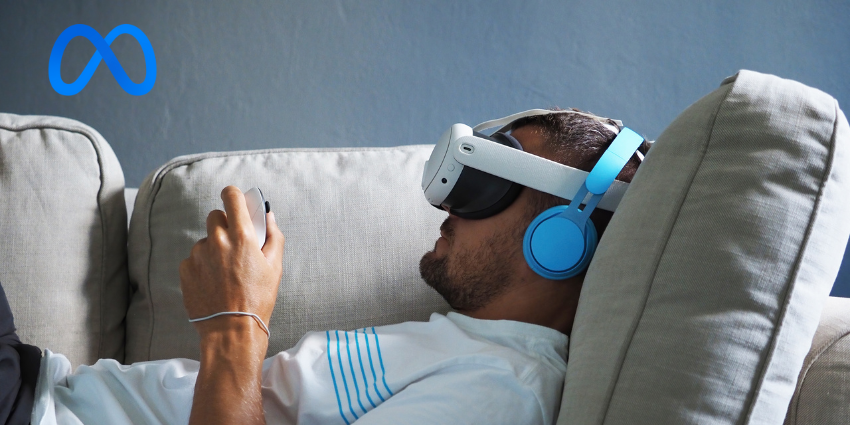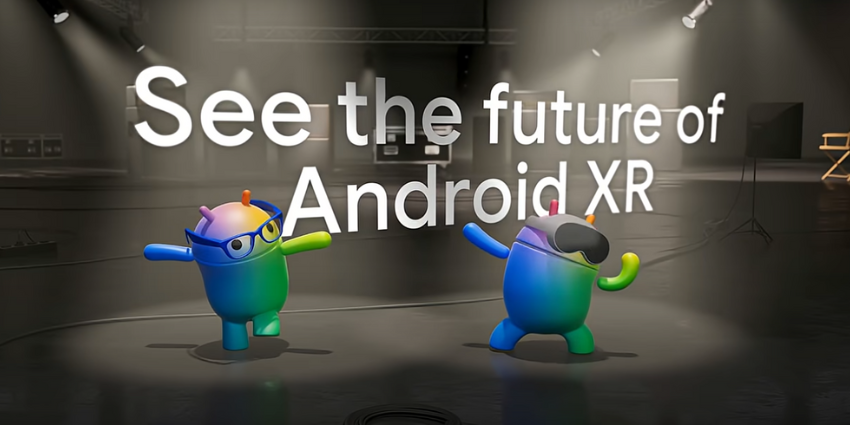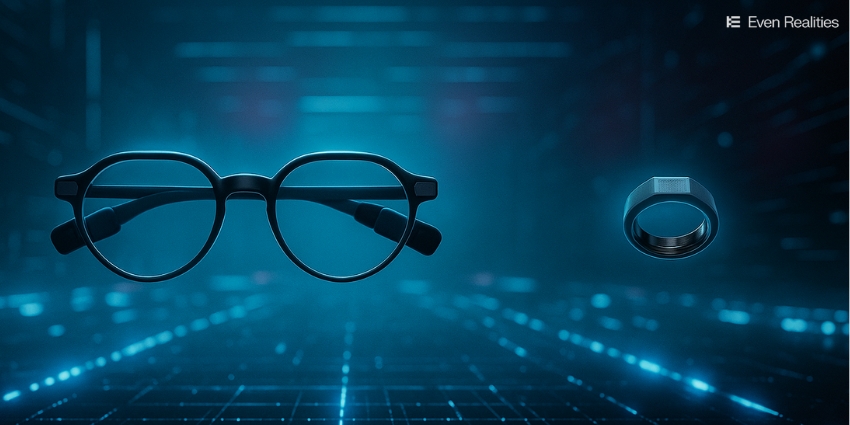Working from their headquarters in Zurich, Switzerland, WayRay is a leading firm providing holographic AR automotive solutions to transform how people drive using innovative hardware coming from an experimental production facility at Moscow.
The teams at WayRay have transferred AR technology from smart glasses to windshields and windows.
Like the navigational popups coming to Apple Maps, a smart windshield lets drivers observe real-time visualisations of virtual objects, maps, and other navigational information from select applications.
More than One Solution
From aviation to architecture, the company’s AR-embedded smart glass presents many solutions and possibilities for integration.
Drivers will not need to look down at their phones for directions as WayRay’s AR windshields and windows will superimpose all necessary information into the driver’s field of vision.
The technology takes advantage of sensors already present on modern cars, which collect information into the dashboard and relay it with low latency.
The smart glass also offers machine and transportation operators additional solutions such as a holographic AR display add-on capable of integration into any land, air, or water vehicle.
Operators can use the add-on to view all navigational information in one place, and further use of cameras can dramatically increase an operators field of vision.
The refined field of vision aims to decrease distractions and reduce head-turning for drivers and operators, leading to fewer accidents.
WayRay has also begun expanding its technologies with solutions to transform any transparent surface into an AR-embedded smart window that can be installed into homes or offices.
Customers can have personalised information ready and waiting at home when they wake up, or businesses can have meetings and share information using the unobtrusive hardware.
Augmented Navigation
Keeping the solution accessible and safe allows drivers to easily digest displayed information so they can remain fully focused.
WayRay’s in-house development team offers a safe and practical solution with a mix of cutting-edge hardware and software along with blue laser technology to display virtual objects, which reflects holographic visualisations directly into the retina of the driver.
A truly immersive experience, entering WayRay’s AR space requires no additional hardware such as smart glasses or a headset.
Last week, XR Today reported on the upcoming iOS 15 update which introduces AR functionalities to their Apple Maps GPS application, providing navigational popups that direct users in real-time.
AR smart glasses like the Hololens 2 also provide AR hands-up displays (HUD) for hands-free navigation, but WayRay’s solution will soon include a fully AR-ready vehicle for drivers and passengers.
Company Vitaly Ponomarev, Company Founder and CEO, expects automakers to include AR windshields in some new model cars in 2023, according to a VOA News report,
